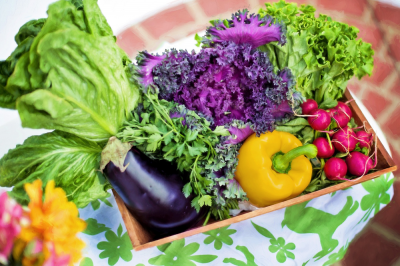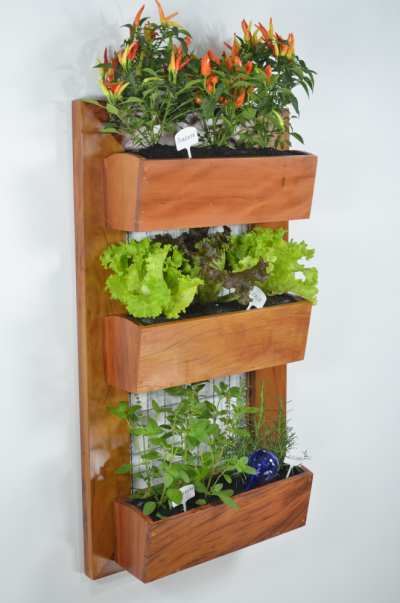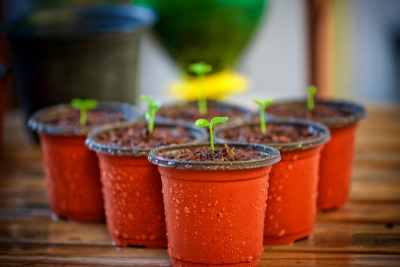by Eden Suh, CFICE Volunteer
 The World Health Organization (WHO) states that “food security, food access, and food use” are the three main pillars to food security, and while food security is prominently an issue in the developing world, recent years show that food security is a rising issue both globally and domestically. Despite being one of the most developed countries of the world, Canada too, faces food security issues in regards to accessibility.
The World Health Organization (WHO) states that “food security, food access, and food use” are the three main pillars to food security, and while food security is prominently an issue in the developing world, recent years show that food security is a rising issue both globally and domestically. Despite being one of the most developed countries of the world, Canada too, faces food security issues in regards to accessibility.
Ontario has been combating food security issues as of the late 2000s. The Toronto Community Foundation reports that since 2009, the average cost of nutritious food for a family of four has risen by 9.4%. In 2009, this meant 1,030,568 clients visited food banks in Toronto.
Ottawa budgets approximately $3.94 million annually for food security initiatives. According to the Ottawa Food Policy Council, in an average month, “the Ottawa Food Bank serves about 43,000 clients, 37% of whom are children.” It is hard to believe that over a million people in Ontario alone are struggling to access food but the statistics show shocking results.
Community food security initiatives are therefore extremely valuable because they provide outreach services and further food education to communities. The Ontario Public Health Association is currently at work to ensure that “all individuals, regardless of the community in which they live, have access to enough food that is safe, enjoyable to eat, culturally appropriate, and healthy.” Poverty reduction and food education strategies have been suggested, but another solution to this issue includes urban agriculture and balcony gardening.
The truth is, the food that is in every average Ontario household is from grocery stores that ship the majority of their food from different continents. Food prices are rising with the rising oil prices and transportation costs, so it’s no wonder Ontario families are increasingly in vulnerable positions of food insecurity.
The concept of urban agriculture aims to increase local food production. Not only do urban agriculture efforts create opportunities to educate communities in seasonal produce and the production process of agriculture, but it also “helps communities to work together towards a common goal, while reducing food costs.” Urban agriculture includes practices such as community gardening, but in modern cities where community gardens are not always feasible, balcony gardening is especially advantageous.
 Balcony gardening is a great way to introduce greenery into the high-rise states of apartment buildings. Balcony gardening is also an inexpensive method to increase access to healthy food options for those who face food insecurity. For example, the variety of food that can be produced through balcony gardening includes chard, turnips, short-rooted carrots, eggplant, peppers, and bush cucumbers, to name a few.
Balcony gardening is a great way to introduce greenery into the high-rise states of apartment buildings. Balcony gardening is also an inexpensive method to increase access to healthy food options for those who face food insecurity. For example, the variety of food that can be produced through balcony gardening includes chard, turnips, short-rooted carrots, eggplant, peppers, and bush cucumbers, to name a few.
Overall, balcony gardening is an innovative method to reducing food costs and increasing people’s understanding of food production. It can also be an important way to contribute to community development by building a sense of community within an urban city setting.
